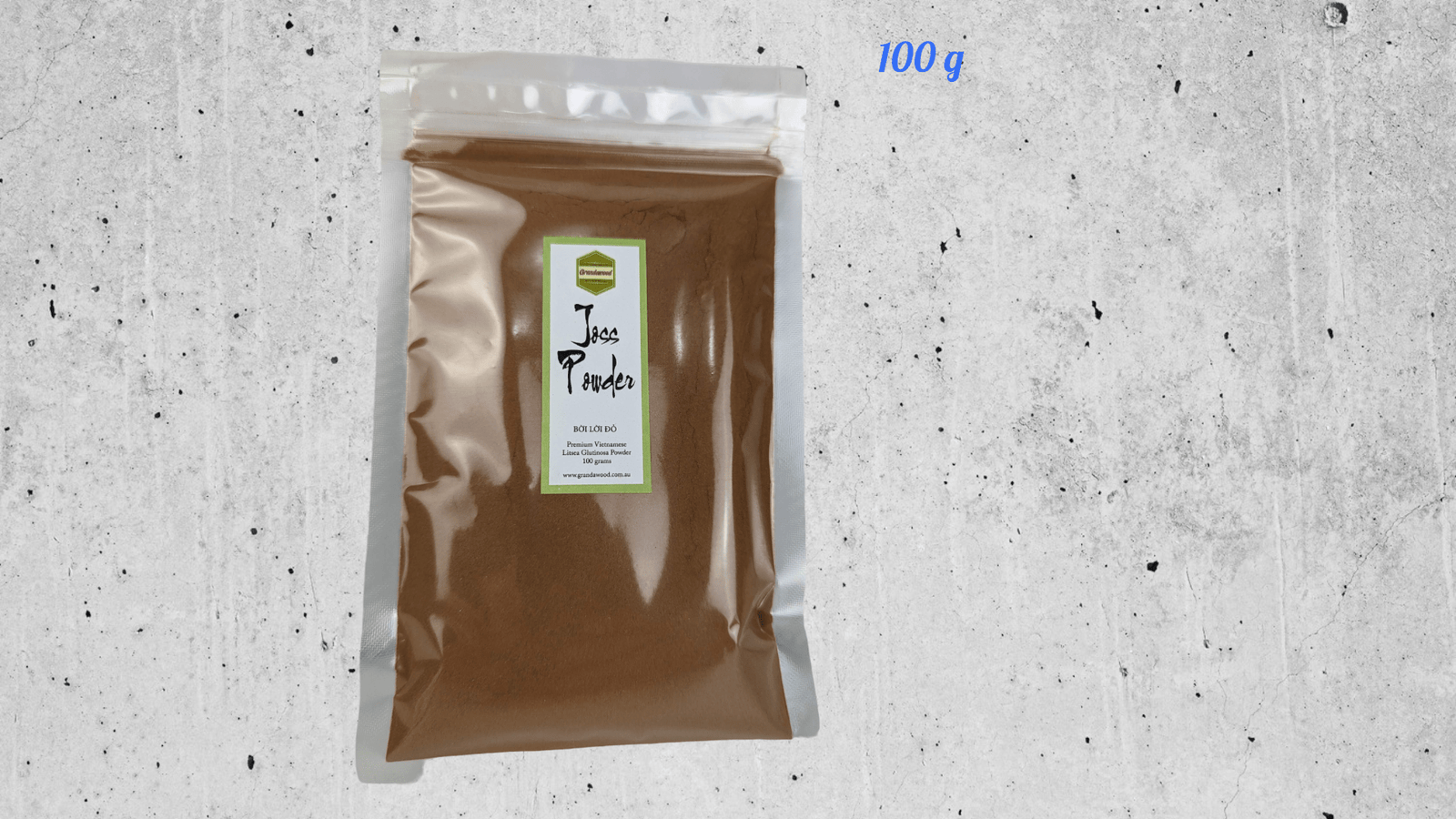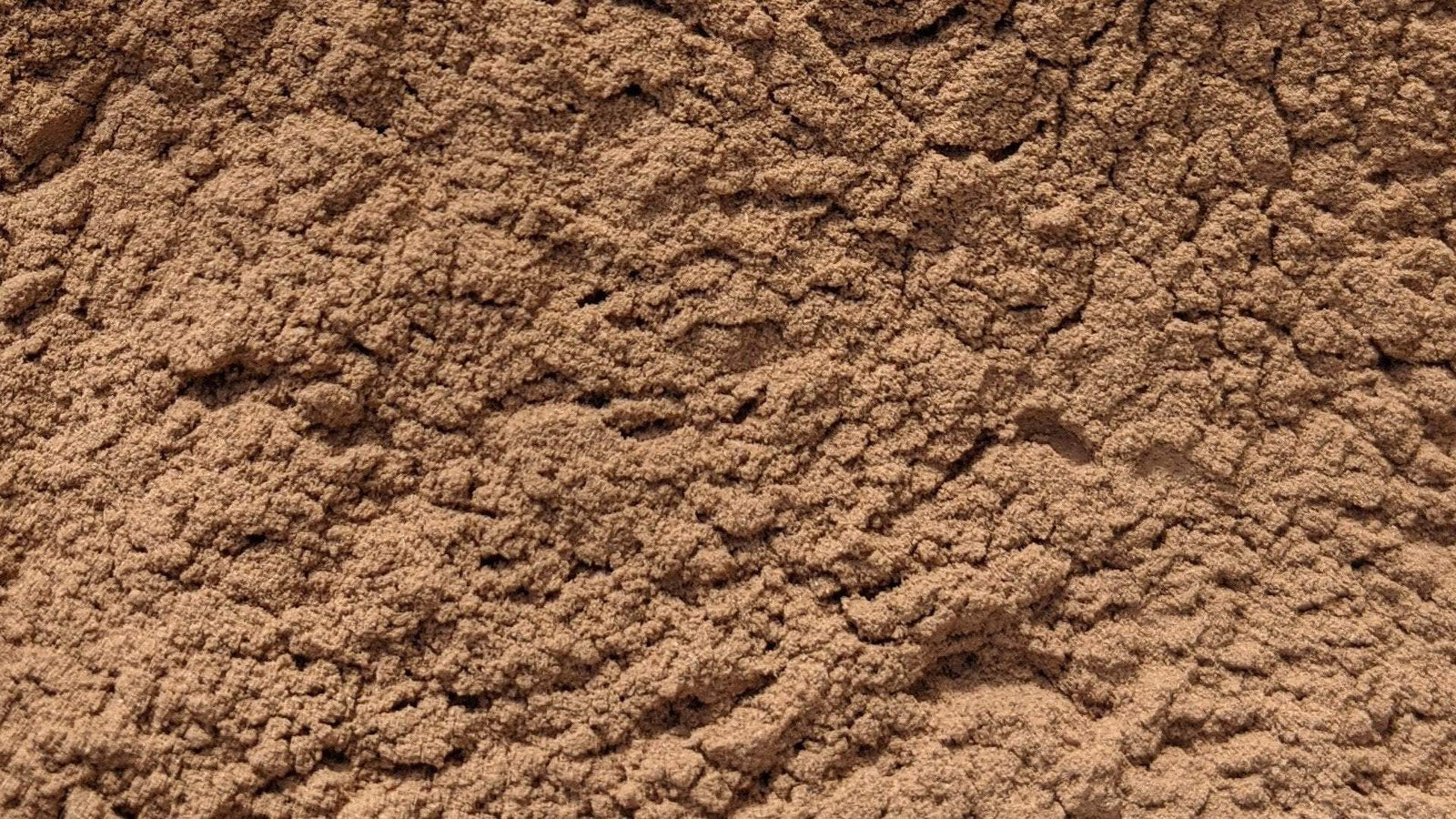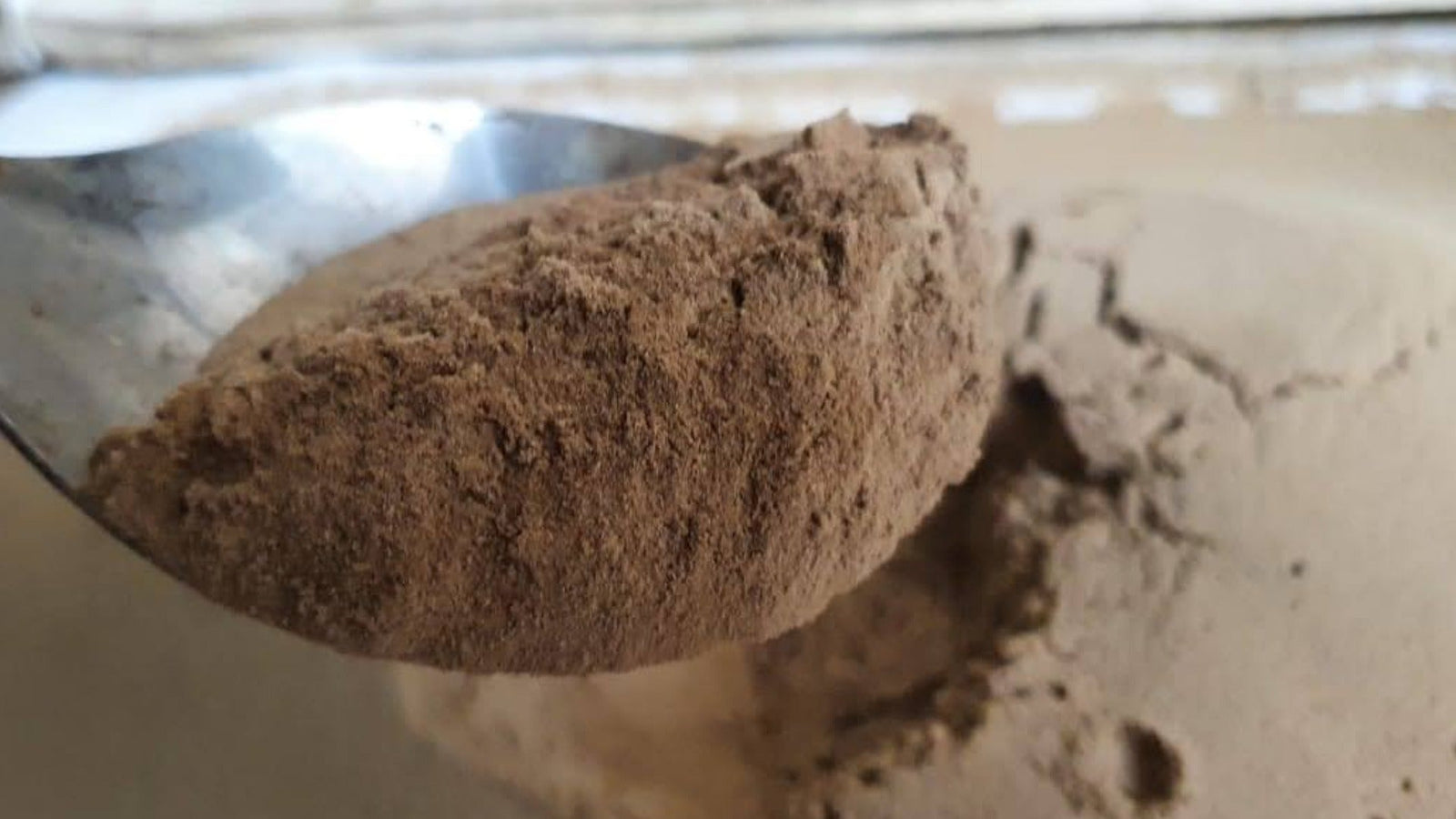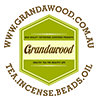


Incense Binders: The Scent Binder - Odourless Natural Joss Powder- The Secret of Making Great Incense
The Natural Glue Tree: Litsea Glutinosa for Incense Making
Litsea Glutinosa, widely known as the “Natural Glue Tree,” is a powerful natural adhesive powder for artisanal incense making. While its timber is often used for general house framing and small construction projects in Vietnam, its true value lies in its bark and leaves.
When processed, the bark creates an odourless, natural adhesive. For decades, artisanal makers have relied on this binder to create high-quality incense sticks and cones. It is the perfect solution for binding diverse ingredients like herbs, resins, and precious woods without interfering with their delicate fragrances.
Why Use Litsea Glutinosa as an Incense Binder?
The primary advantage of Litsea Glutinosa is its neutrality. Unlike some synthetic glues, this natural paste is odourless, ensuring that your incense blend remains pure. When the bark and leaves are ground into powder and mixed with water, they form a sticky, adhesive paste that binds spices effectively.
Similar to Tabu no ki or Makko powder, Litsea provides excellent binding properties and regulates the burn rate, allowing for a smooth, even burn.
Video: Overview of Litsea Glutinosa usage.
How to Use Natural Incense Binder
Using a natural binder is straightforward, but getting the ratio right is crucial for structural integrity. Whether you are making standard sticks or backflow cones—known for their unique downward smoke effect—the process is similar.
The Golden Ratio
For optimal results, a common ratio is 10% to 12% binder to your total incense weight. For example:
- Incense Spices/Wood Powder: 100g
- Litsea Glutinosa (Binder): 10g to 12g
Step-by-Step Instructions
- Combine Dry Ingredients: Mix your aromatic spices and the binder powder thoroughly in a container.
- Add Water Slowly: Gradually add water while mixing. Do not pour it all at once.
- Knead the Dough: Continue mixing until the texture is moist and kneadable, similar to playdough or clay.
- Shape: Once the consistency is right, put the mix into an incense extruder to form sticks, or shape them by hand into cones.
Common Mistakes to Avoid in Incense Making
When crafting incense, it’s easy to get caught up in the excitement of creating a new blend. However, avoiding these common pitfalls will ensure your incense burns evenly and smells wonderful.
- Using too much water: Adding excess water makes the incense wet and difficult to shape. It can also dilute the scent and cause the stick to warp while drying. Always add water slowly in small increments.
- Skipping the binder: A binder (like Litsea, Makko, or Xanthan gum) is essential. Without it, your incense will crumble, fail to hold its shape, and burn poorly.
- Coarse ingredients: If your spices or woods are not ground finely enough, the incense will burn unevenly and may extinguish itself. Fine powder ensures a consistent release of fragrance.
- Low-quality ingredients: The quality of your output depends on your input. Incense houses that preserve traditional recipes always emphasise using fresh, high-quality woods and resins.
- Improper storage: Natural incense should be stored in a cool, dry place. Moisture and heat can degrade the scent profile and cause the binder to lose effectiveness.
Summary
Making incense is a rewarding hobby that allows you to create custom atmospheres for relaxation or focus. By using a high-quality natural binder like Litsea Glutinosa and following the correct ratios, you can create professional-grade incense sticks, cones, or pellets at home.
Remember to experiment with your blends, use safety precautions when burning, and enjoy the process of scent crafting.



